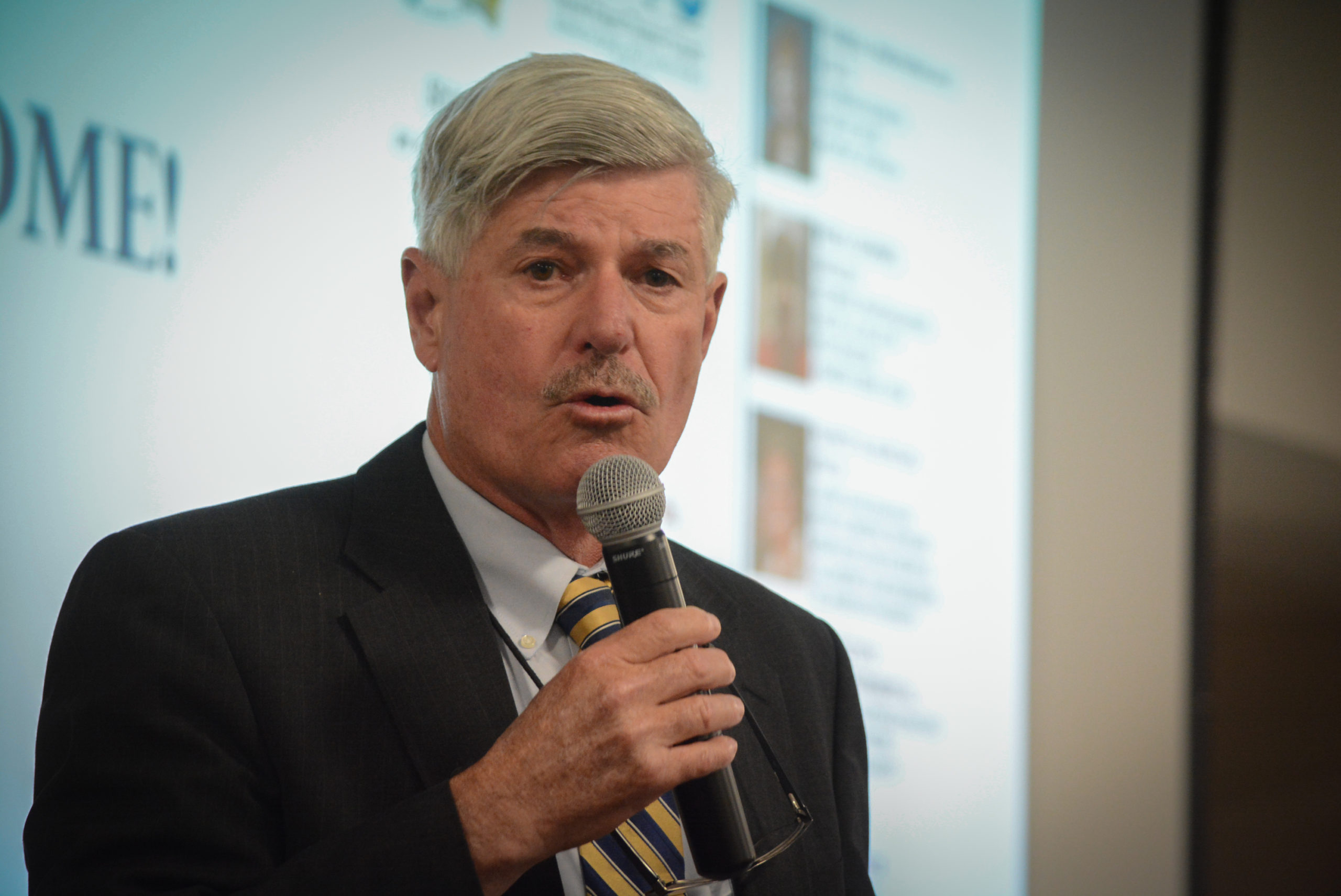Children today live in a more dangerous world than their parents did because of social media, panelists at a forum at the Great Neck Library told parents and students on Monday night, while outlining possible actions people could take to be safer.
The panel, organized by the United Parent-Teacher Council and the Sephardic Heritage Alliance Inc., featured Superintendent of Schools Teresa Prendergast, school psychologist and mental health counselor Rena Gombo, Nancy Kaplan, an associate provost at St. John’s University, retired detective Rory Forrestal and Judge John Iliou.
Each touched on different aspects of the social media phenomenon, such as how it can be weaponized against people and how students need to be more vigilant about what they post online. They also spoke about bullying in general, the scars it can leave, how social media can amplify it – and how intervening can save someone’s life.
“Name calling and bullying as we all know has been a reality for generations for youngsters,” Prendergast said. “But as we talked about earlier, today’s youth are exposed to a particularly vicious strain and that’s worsened by social media and technology.”
Forrestal, a retired Suffolk County police detective who specialized in investigating sexual crimes before working to create an internet safety program geared toward fifth- and sixth-graders, highlighted stories of tragedy resulting from cyberbullying.
Among them were Alexis Pilkington, a popular 17-year-old senior at West Islip High School, who was targeted by anonymous commenters on formspring.me before killing herself.
There was also 13-year-old Megan Meier, whose ex-friend and her mother created a fake persona – a boy named Josh – to communicate with her and pretend he loved her with the intent of getting revenge against her.
The last message she received was: “Everybody in [the town of] O’Fallon knows who you are. You are a bad person and everybody hates you … The world would be a better place without you.”
Among Forrestal’s recommendations to students were to only add people they know, keep things private, report any malicious behavior and not respond to messages. He also advised friends to speak up and do what they can to help.
“You could be saving their life,” Forrestal said. “You really could.”
Gombo, a school psychologist and a parent, said that the act of bullying – whether physical or passive – happens very frequently, with 86 percent of kids between 12 and 18 reporting having been bullied, and creates “very, very deep” scars.
“What everyone I spoken to remembered was that they were scared, that they felt helpless, and that they felt this big,” Gombo said, bringing her thumb and finger close together.
Gombo said bullying has always been “a play with three characters:” bully, victim and bystander. Consequently, Gombo said, it is imperative for fellow students and friends to stand up for victims, for parents to listen to their children, and to “always tell someone.”
“Many bystanders are afraid that if they say something, then they’re going to become the victim or they feel somebody else will step in, so they don’t really have to,” Gombo said. “But the truth is, without a bystander being there, most bullying would stop and it would stop very quickly.”
Gombo pointed to research showing bullying ends within 6 to 8 seconds when someone intervenes.
Kaplan, an assistant provost at St. John’s, member of the Merrick school board and a social justice advocate, said there are also potential consequences – both good and bad – in using social media when it comes to both college and job prospects.
One example was a young woman who took some questionable selfies, Kaplan said, and later went on to be an excellent student and secure a full scholarship for “her dream school.” But once that school scrolled through her Twitter feed to see those old photos, her scholarship was revoked.
“It is a harsh, harsh lesson for a young person to learn: that everything you have worked for can be taken away in a second,” Kaplan said. “It’s not an issue, by the way, that’s only an issue for children.”
But conversely, Kaplan said social media also provides a way to “tell your own story,” demonstrate leadership, and fight back against posts meant to hurt other people by saying they shouldn’t be doing it and report it.
“And if you begin to develop those habits now, I can guarantee you those are the habits that travel with you through every part of your life experience,” Kaplan said, “and that will be what makes you different from all the students around you.”
Many people sought to ask questions after the discussion – including current students. One boy asked why there aren’t “more repercussions” for people who bully or stand by while it happens, for example, and an elementary school student asked about how to deal with a group of older students bullying her.



